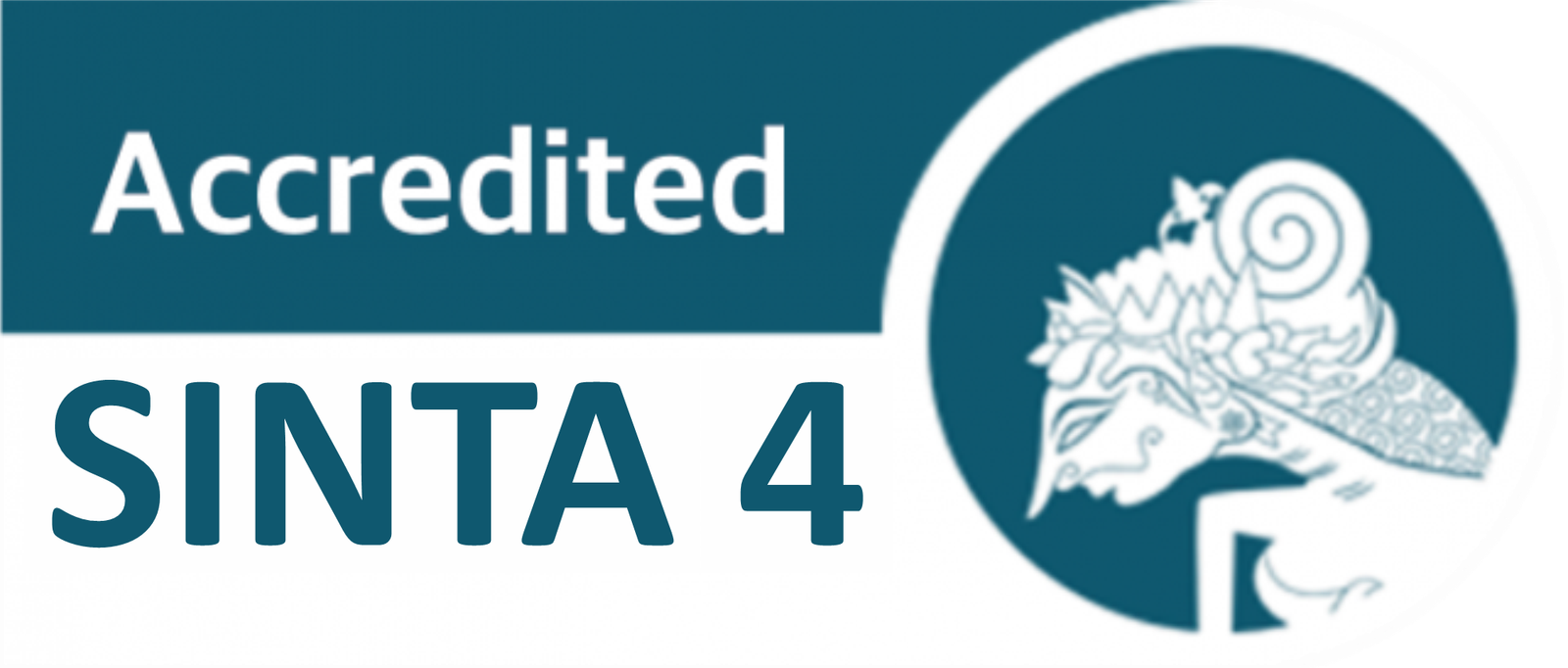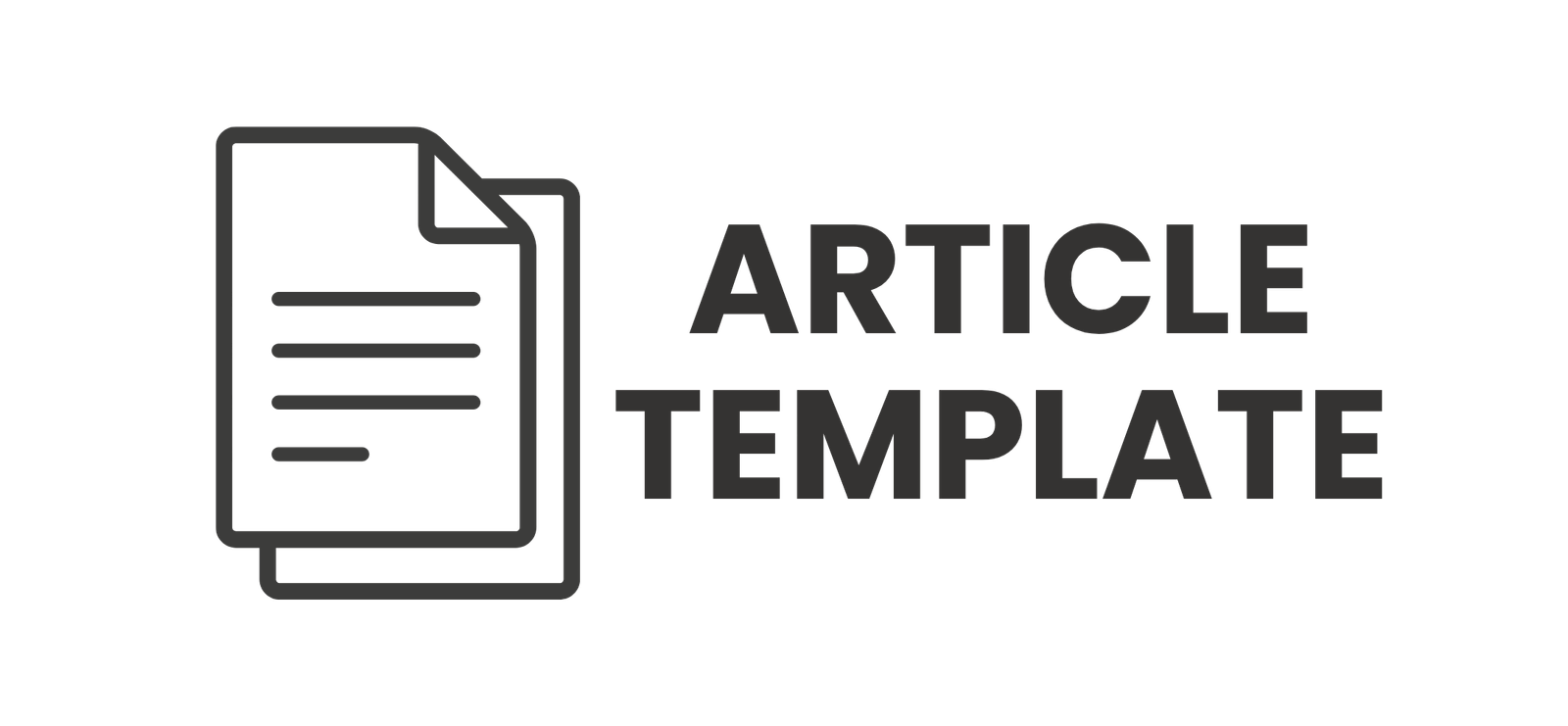Pengaruh Kreativitas dan Kecerdasan Musikal Terhadap Fungsi Eksekutif Anak TK B di Telaga Asih Jawa Barat
DOI:
https://doi.org/10.30605/jsgp.7.1.2024.3498Keywords:
Kreativitas, Kecerdasan Musikal, Fungsi Eksekutif, Anak TKAbstract
This research aims to investigate the influence of creativity and musical intelligence on the executive function of Kindergarten B children in West Java province, especially in Kel. Telaga Asih. The survey method was used with a quantitative approach, regression analysis, F test, and SPSS. The questionnaire was filled out by parents from 4 kindergartens who were randomly selected using the multistage custom random sampling method. Data obtained from the parent questionnaire will be processed using the regression analysis method to investigate the relationship between creativity and musical intelligence and the executive function of Kindergarten B children. The F test will be used to test the significance of this relationship. It is hoped that the results of this research will provide a better understanding of the influence of creativity and musical intelligence on the executive function of Kindergarten B children. This can help develop more effective educational programs to improve the executive function abilities of Kindergarten B children in West Java, especially in Telaga Asih Village It is hoped that the conclusions of this research can be a guide for educators and educational planners to increase the creativity and musical intelligence of Kindergarten B children in order to optimize their executive function.
Downloads
References
Asmawati, L. (2017). Peningkatan kreativitas anak usia dini melalui pembelajaran terpadu berbasis kecerdasan jamak. Jurnal Pendidikan Usia Dini, 11(1), 145-164. https://doi.org/10.21009/JPUD.111.10
Heryana, A. (2020). Analisis data penelitian kuantitatif. Penerbit Erlangga, Jakarta, June, 1–11
Pirone, G., Coppola, F., Pretti, C., Soares, A. M., Solé, M., & Freitas, R. (2019). The effect of temperature on Triclosan and Lead exposed mussels. Comparative Biochemistry and Physiology Part B: Biochemistry and Molecular Biology, 232, 42-50. https://doi.org/10.1016/j.cbpb.2019.02.007
Roviati, E., & Widodo, A. (2019). Kontribusi argumentasi ilmiah dalam pengembangan keterampilan berpikir kritis. Titian Ilmu: Jurnal Ilmiah Multi Sciences, 11(2), 56–66. https://doi.org/10.30599/jti.v11i2.454
Sumargo, B. (2020). Teknik sampling. Unj press.
Yuni, Q. F. (2017). Kreativitas dalam pembelajaran seni musik di sekolah dasar: Suatu tinjauan konseptual. ELEMENTARY: Islamic Teacher Journal, 4(1). http://dx.doi.org/10.21043/elementary.v4i1.1980
Zelazo, P. D., & Carlson, S. M. (2012). Hot and cool executive function in childhood and adolescence: Development and plasticity. Child Development Perspectives, 6(4), 354–360.
Hani, U., & Hibana, H. (2022). Ular Tangga Covid-19 sebagai Redesain Alat Permainan Edukatif untuk Anak Usia Dini. Jurnal Pelita PAUD, 6(2), 162-171. https://doi.org/10.33222/pelitapaud.v6i2.1262
Warmansyah, J., & Amalina, A. (2019). Pengaruh Permainan Konstruktif dan Kecerdasan Visual-Spasial Terhadap Kemampuan Matematika Awal Anak Usia Dini. Math Educa Journal, 3(1), 71-82. https://doi.org/10.15548/mej.v3i1.270
Hasibuan, S., & Dalimunthe, S. S. (2023). Dampak Media Gadget terhadap Perkembangan Sosial Emosional Anak Usia Dini. At Turots: Jurnal Pendidikan Islam, 371-377. https://doi.org/10.51468/jpi.v5i001.359
Kurniastuti, I., Evanjeli, L. A., Adimassana, Y. B., Wahyuningrum, C. T., & Bei, S. (2023). Mengenal Fungsi Eksekutif Dan Pembelajaran Bahasa Anak Tuli. Sanata Dharma University Press.
Windayani, N. L. I., Dewi, N. W. R., Yuliantini, S., Widyasanti, N. P., Ariyana, I. K. S., Keban, Y. B.,... & Ayu, P. E. S. (2021). Teori dan aplikasi pendidikan anak usia dini. Yayasan Penerbit Muhammad Zaini.
Novitasari, N., & Zaida, N. A. (2022). Pembelajaran STEAM pada anak usia dini. Al Hikmah: Indonesian Journal of Early Childhood Islamic Education (IJECIE), 6(1), 69-82. https://doi.org/https://doi.org/10.35896/ijecie.v6i1.330
Hartono, H. (2017). Kecerdasan kerjasama anak usia dini dalam pembelajaran tari. Efektor, 4(1), 6-12. https://doi.org/10.29407/e.v4i1.738
Adiatama, W., Wardany, O. F., & Utami, R. T. (2023). Media dalam Meningkatkan Keterampilan Menulis Permulaan pada Anak Tunagrahita. Jurnal Basicedu, 7(5), 2942-2952. https://doi.org/10.31004/basicedu.v7i5.6124
Pranoto, Y. K. S., & Nafisah, A. D. (2022). Persepsi Anak Usia Dini Terhadap Guru Di Semarang. Konservasi Pendidikan, (1), 150-189. https://doi.org/10.1529/kp.v1i1.40
Fauzi, H., Yusnita, Y., Kencana, R., Ningrum, S., & Kurniawan, N. A. (2022). Perkembangan Motorik Anak Usia Dini Dengan Metode Bermain di TPA Al-Ikhsan Desa Belantaraya Kecamatan Gaung. Mitra Ash-Shibyan: Jurnal Pendidikan dan Konseling, 5(01), 47-60. https://doi.org/10.46963/mash.v5i01.484
Silalahi, T. M. (2020). Perbedaan Keterampilan Berpikir Kreatif Ditinjau Dari Emosi Anak Dalam Bermain Konstruktif. AWLADY: Jurnal Pendidikan Anak, 6(2), 282-300.
Putri, Y. D., Suryana, D., & Mahyuddin, N. (2023). Meningkatan Perkembangan Kognitif Anak melalui Pendekatan Saintifik di RA Aisyiyah III Alang Sungkai. Jurnal Pendidikan dan Konseling (JPDK), 5(1), 2689-2694. https://doi.org/10.31004/jpdk.v5i1.11388
Lita, L., Jatisunda, M. G., Nahdi, D. S., Nurlatifah, I., Rasyid, A., & Cahyaningsih, U. (2023). Peningkatan Keterampilan Motorik Kasar Anak Usia Dini Melalui Permainan Outbond Kids. Jurnal Educatio FKIP UNMA, 9(2), 1133-1140. https://doi.org/10.31949/educatio.v9i2.5274
Darmawati, D., & Furqan, N. (2023). Implementasi Manajemen Kurikulum Pada Pendidikan Anak Usia Dini Yayasan Pendidikan Islam TK Makmur Al Ihsan Desa Penuguan Kecamatan Selat Penuguan Kabupaten Banyuasin. Journal on Education, 5(3), 8669-8679.
Nggermanto, I. A. (2024). Kecerdasan quantum: melejitkan IQ, EQ, dan SQ. Nuansa Cendekia.
Sinaga, S. I., & Eriyani, S. (2023). Pengembangan Poster Edukasi Untuk Menumbuhkan Pengetahuan Tentang Pentingnya Menjaga Kesehatan Gigi Pada Anak Kelompok A Di Tk Negeri Pembina Lahat. INNOVATIVE: Journal Of Social Science Research, 3(2), 14460-14469. https://doi.org/10.31004/innovative.v3i2.2069
Putri, P. A., & Ismet, S. (2020). Efektivitas permainan perkusi kastanyet terhadap kecerdasan musikal anak. Jurnal pendidikan tambusai, 4(1), 463-468. https://doi.org/10.31004/jptam.v4i1.484
Sumitra, A., & Panjaitan, M. (2019). Meningkatkan kecerdasan naturalis anak usia dini melalui metode karyawisata. Paud Lectura: Jurnal pendidikan anak usia dini, 3(01), 35-42. https://doi.org/10.31849/paud-lectura.v3i01.3342
Damayanti, R. R., Handini, M., & Hapidin, H. (2018). Pengaruh Bermain Peran Mikro terhadap Kecerdasan Interpersonal. Jurnal Obsesi: Jurnal Pendidikan Anak Usia Dini, 2(1), 34-44. https://doi.org/10.31004/obsesi.v2i1.5
Maranatha, J. R., Wulandari, H., & Chyndiana, W. (2020). pengaruh pembelajaran tari kreatif terhadap kecerdasan naturalis anak usia 5-6 tahun. Cakrawala Dini: Jurnal Pendidikan Anak Usia Dini, 11(1), 17-22. https://doi.org/10.17509/cd.v11i1.20093
Novia, A. P., & Mahyuddin, N. (2020). Pembelajaran Sentra dalam Mengembangkan Kecerdasan Interpersonal Anak. Jurnal Pendidikan Tambusai, 4(2), 1247-1255. https://doi.org/10.31004/jptam.v4i2.591
Downloads
Published
How to Cite
Issue
Section
License
In submitting the manuscript to the journal, the authors certify that:
- They are authorized by their co-authors to enter into these arrangements.
- The work described has not been formally published before, except in the form of an abstract or as part of a published lecture, review, thesis, or overlay journal.
- That it is not under consideration for publication elsewhere,
- That its publication has been approved by all the author(s) and by the responsible authorities – tacitly or explicitly – of the institutes where the work has been carried out.
- They secure the right to reproduce any material that has already been published or copyrighted elsewhere.
- They agree to the following license and copyright agreement.
License and Copyright Agreement
Authors who publish with JSGP agree to the following terms:
- Authors retain copyright and grant the journal right of first publication with the work simultaneously licensed under Creative Commons Attribution License (CC BY-SA 4.0) that allows others to share the work with an acknowledgement of the work's authorship and initial publication in this journal.
- Authors are able to enter into separate, additional contractual arrangements for the non-exclusive distribution of the journal's published version of the work (e.g., post it to an institutional repository or publish it in a book), with an acknowledgement of its initial publication in this journal.
- Authors are permitted and encouraged to post their work online (e.g., in institutional repositories or on their website) prior to and during the submission process, as it can lead to productive exchanges, as well as earlier and greater citation of published work.













